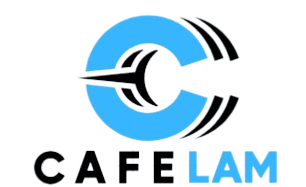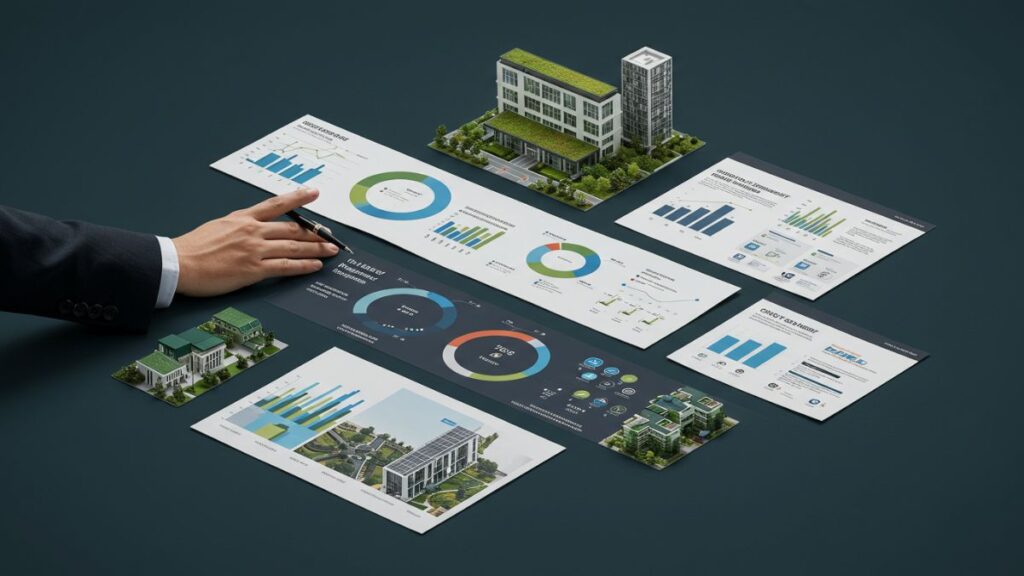In the ever-evolving world of property management, one topic stands out as both a challenge and an opportunity in 2025: sustainability. As environmental concerns grow and tenants demand greener living spaces, companies like J&D Management are stepping up to meet these expectations. Sustainable property management isn’t just a buzzword—it’s a transformative approach that balances profitability with eco-conscious practices. Why does this matter? Because today’s renters and property owners alike are prioritizing energy efficiency, reduced carbon footprints, and long-term cost savings.
What Is Sustainable Property Management?
Sustainable property management involves integrating eco-friendly practices into the day-to-day operations of residential and commercial properties. This includes everything from energy-efficient upgrades to waste reduction strategies. At its core, it’s about creating buildings that use fewer resources, produce less waste, and offer healthier living environments—all without sacrificing profitability.
For companies like J&D Management, sustainability is more than a trend; it’s a commitment to future-proofing properties. By adopting green technologies and practices, they ensure their portfolios remain competitive in a market where environmental responsibility is increasingly non-negotiable.
Why Sustainability Matters in 2025
The push for sustainability isn’t slowing down. According to a 2024 report from the National Apartment Association, over 60% of renters now consider eco-friendly features when choosing a home. Meanwhile, rising energy costs and stricter government regulations are nudging property managers to rethink traditional approaches. In 2025, sustainability is a key differentiator—properties that lag behind risk losing tenants and facing higher expenses.
Key Features of Sustainable Property Management
Sustainable property management isn’t a one-size-fits-all solution. It’s a blend of innovative technologies, smart policies, and tenant-focused initiatives. Here are some standout features driving this movement in 2025:
Energy-Efficient Systems
- Smart Thermostats: Devices like Nest or Ecobee adjust temperatures based on occupancy, slashing energy waste.
- LED Lighting: Replacing traditional bulbs with LEDs cuts electricity use by up to 75%, per the U.S. Department of Energy.
- Solar Panels: Rooftop solar installations reduce reliance on fossil fuels and lower utility bills.
Water Conservation
- Low-Flow Fixtures: Faucets and showerheads that use less water without compromising performance.
- Rainwater Harvesting: Collecting rainwater for landscaping reduces municipal water usage.
- Smart Irrigation: Sensors that water lawns only when needed, preventing overwatering.
Waste Reduction
- Recycling Programs: On-site bins and tenant education to boost recycling rates.
- Composting: Organic waste systems that turn food scraps into fertilizer.
- Digital Leasing: Paperless contracts and payments to minimize paper waste.
J&D Management, for instance, emphasizes these features to enhance property value while aligning with environmental goals. Their approach shows how practicality and sustainability can go hand in hand.
Benefits of Sustainable Property Management
Adopting sustainable practices offers a win-win for property managers, owners, and tenants. Let’s break down the advantages:
Cost Savings
Green upgrades often come with upfront costs, but the long-term savings are substantial. For example, solar panels can reduce electricity bills by 20-50%, according to EnergySage. Meanwhile, water-efficient fixtures can cut water expenses by up to 30%. These savings add up, boosting net operating income (NOI) for property owners.
Tenant Attraction and Retention
Today’s tenants—especially Millennials and Gen Z—prioritize sustainability. A 2025 survey by Proprli.com found that 70% of Gen Z renters are willing to pay a premium for eco-friendly homes. Properties managed by firms like J&D Management that highlight green features tend to see higher occupancy rates and lower turnover.
Regulatory Compliance
Governments worldwide are tightening environmental regulations. In the U.S., cities like Seattle and New York have introduced mandates for energy benchmarking and emissions reductions. Sustainable practices help properties stay ahead of these rules, avoiding fines and retrofitting costs.
Enhanced Property Value
Eco-friendly buildings command higher resale values. A 2024 study by the Appraisal Institute noted that green-certified properties sell for 6-10% more than their conventional counterparts. For property managers, this translates to a stronger portfolio and happier investors.
Challenges in Implementing Sustainable Property Management
While the benefits are clear, sustainability isn’t without hurdles. Property managers must navigate these challenges to succeed:
High Initial Costs
Installing solar panels or upgrading HVAC systems requires significant investment. For smaller firms or properties with tight budgets, this can be a barrier. However, options like government incentives or financing programs (e.g., PACE loans) can ease the burden.
Tenant Resistance
Not all tenants embrace change. Some may resist composting or recycling due to inconvenience. Education and clear communication—like workshops or flyers—can help shift mindsets.
Maintenance Complexity
Green technologies, like smart irrigation or solar arrays, often need specialized upkeep. Property managers must train staff or hire experts, which can increase operational complexity.
Balancing Profit and Purpose
Sustainability can sometimes clash with short-term financial goals. For instance, eco-friendly materials might cost more than traditional ones. Managers like those at J&D Management tackle this by focusing on long-term gains, proving that green strategies pay off over time.
Top Trends in Sustainable Property Management for 2025
The property management landscape is shifting fast, and 2025 brings exciting trends that blend sustainability with innovation. Here’s what’s on the horizon:
Rise of PropTech
Property technology (PropTech) is revolutionizing how managers achieve sustainability. Tools like AI-driven energy monitoring systems track usage in real-time, pinpointing inefficiencies. J&D Management, for example, could leverage such tech to optimize their properties’ performance, as noted on their site (https://jdpropmgmt.com/).
Green Certifications
Certifications like LEED (Leadership in Energy and Environmental Design) or ENERGY STAR are gaining traction. These badges signal a property’s eco-credentials, attracting tenants and investors. In 2025, expect more managers to pursue these to stand out.
Flexible Leasing Models
With remote work and digital nomadism still thriving, tenants want shorter, more flexible leases. Sustainable properties that offer furnished, energy-efficient units cater to this demand, blending convenience with eco-consciousness.
Community-Focused Sustainability
Properties are becoming micro-hubs for green living. Think shared gardens, electric vehicle (EV) charging stations, and community composting. These features foster tenant engagement while reducing environmental impact.
Data-Driven Decision Making
Analytics are key in 2025. Managers use data to forecast energy needs, assess tenant satisfaction, and justify green investments. This trend aligns with findings from Ascendix Tech, which predicts a surge in tech adoption for real estate.
How J&D Management Leads the Way
J&D Management exemplifies how sustainability can thrive in property management. Based on their website (https://jdpropmgmt.com/), they prioritize client satisfaction and operational efficiency—values that dovetail with green practices. While specific initiatives aren’t detailed publicly, their focus on modern management suggests they’re well-positioned to adopt trends like PropTech and energy-efficient upgrades.
For instance, their tenant-first approach likely includes responding to demands for eco-friendly features. By staying ahead of regulatory changes and market shifts, J&D Management sets a standard for others in the industry.
Practical Steps for Property Managers to Go Green
Ready to embrace sustainability? Here’s how property managers can start in 2025:
- Conduct an Energy Audit: Identify where your property wastes energy and prioritize upgrades.
- Start Small: Swap out bulbs for LEDs or install low-flow faucets before tackling bigger projects.
- Educate Tenants: Share tips on recycling or energy-saving habits via newsletters or apps.
- Partner with Experts: Work with sustainability consultants or vendors to streamline implementation.
- Leverage Incentives: Research tax credits or grants, like those from the U.S. Department of Housing and Urban Development (HUD), to offset costs.
Final Thoughts
Sustainable property management is no longer optional—it’s a necessity in 2025. From slashing costs and attracting tenants to meeting regulations and boosting property value, the benefits are undeniable. Yes, challenges like upfront costs and tenant buy-in exist, but the rewards far outweigh the risks. Companies like J&D Management (https://jdpropmgmt.com/) show how blending eco-friendly practices with smart management creates a blueprint for success.







